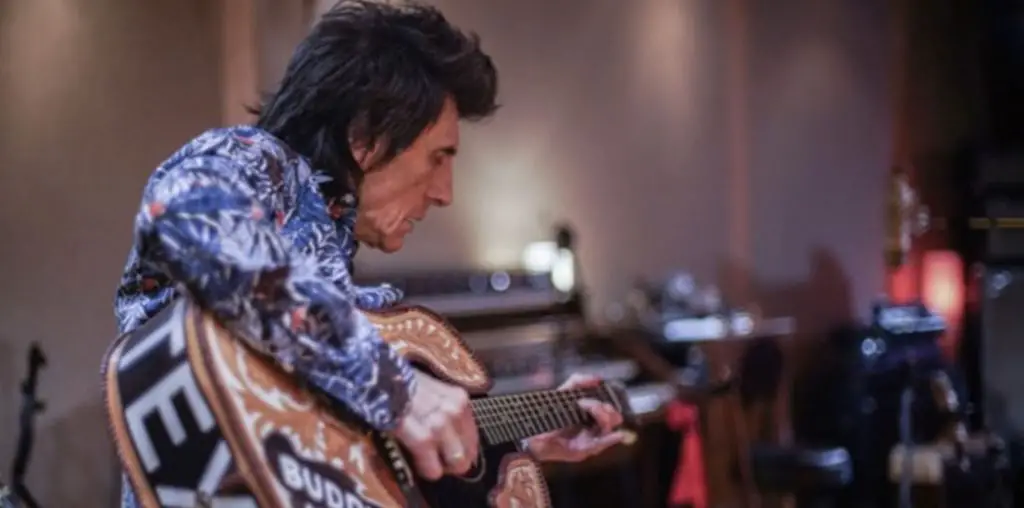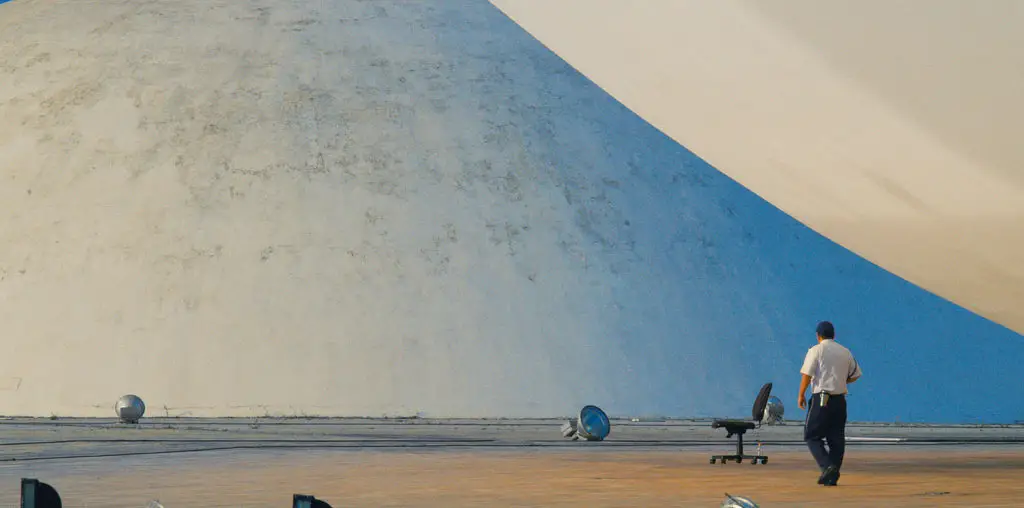
The very act of reading José Saramago’s “Blindness” is what makes the novel so fascinating. When the author describes the ailment that takes over an unidentified city, the novel’s imagery fades to white and we feel what it’s like to be wracked by sudden blindness. Thus, “Blindness” is especially surreal – while we visualize much of our dreams, a bulk of the experience comes from beyond the visual. Saramago’s text shows novel means of toying with a reader’s reactions.
The novel has such a sublime effect that a filmmaker was bound to adapt it, regardless of how tantalizing the endeavor may seem. Director Fernando Meirelles falters by trying to match the novel’s invention. He overstuffs his adaptation with intricate visuals of various depths and blurring closeups. With an overused white palette, the style makes for a relentless eyesore – like looking into the sky and having sand poured into your eyes.
By the film’s first scene, the washed-out photography is already a ham-fisted metaphor. An Asian man stops his car after losing his sight, throwing a kink into a swarm of commuters who will soon taste his panic. After he is helped home, we learn that the blindness afflicts others – an escort in sunglasses (Alice Braga) and an eye doctor who thinks he’s caught a contagion (Mark Ruffalo). When widespread panic has the government quarantining the newly blind, the doctor’s wife (Julianne Moore) fakes the illness to aid her husband in what they know will be an imprisonment.
In the compound, Meirelles abandons burning white exteriors to indulge in bleached backgrounds, in which recognizable shapes appear as dull splotches. Still unable to find a consistent style, “Blindness” mauls its viewers with more fragmentary images and terse edits. Most of the set ups show fine composition, in which César Charlone’s muted photography offers nuance and detail. But the overdose of visual trickery drags the narrative through the mud. If Meirelles wanted to make his own “THX-1138,” he should have conceived his alternate world first and not tossed whimsies into the dark.
The able cast can’t swim through the muck. As the doctor striving for order, the usually natural Ruffalo is so stilted that he grows more grating by the scene. Julianne Moore revises her dystopian freedom fighter from “Children of Men,” though this time she apes overconfidence in service of a contrived script. Neither character’s motivation transmits through Meirelles’ mess – the director’s too concerned with puppeteering them and abusing the zoom lens. Even Gael García Bernal is laughable as a fascist leader who hoards rations and demands pay for them through valuables and sexual favors. Meirelles isn’t too ashamed to turn in a gratuitous scene of the blind raping the blind – the kind of Sade stuff that turns ludicrous once it leaves the page.
Life doesn’t surface in this thing until the captives eventually find themselves free. But this development plays like the filmmakers’ attempt to escape from a mess of a narrative. Even when the players rejoice, Meirelles is benighted by his own ambition.

